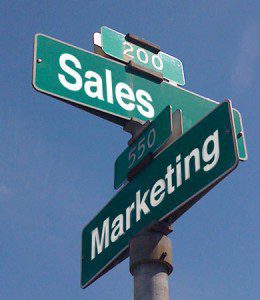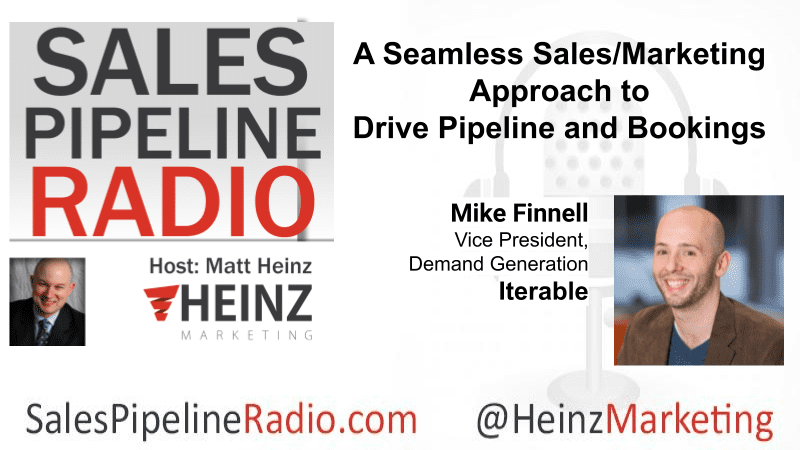What Video Metrics Really Matter?

By Mina Guirguis, Marketing Consultant at Heinz Marketing
Many B2B marketers have the same Wishlist item that they never get around to doing. That is, incorporating video into their campaigns. Everyone knows the benefits of video content (higher engagement, broader brand awareness, longer website visits) but using a new medium is easier said than done. How do you measure the success of your video campaigns? What video metrics should you be looking at? Videos can cost a fair bit of time and money, how can you calculate your ROI to justify the resource allocation? Lucky for you, the good people at Heinz Marketing got you covered.
To simplifying things, we are going to break up our metrics to measure videos by their purpose along the sales funnel (top, middle, bottom). Then we will break it down further by looking at metrics for organic videos and metrics for paid videos. Enough setup, let’s dive into the good stuff!
Top Funnel Metrics (Awareness)
With top funnel videos, your goals will likely be similar to any other top funnel content. Those most likely being increasing brand awareness, problem recognition, and education. At this stage, you want one thing, eyes on the video. Engagement comes later, getting this video to be seen by as many people as possible is the sole purpose of this video. So, what video metrics should you measure at this early funnel stage?
ORGANIC:
- Impressions – Although arguably a vanity metric, impressions do have their purpose. It gets your brand name and image out there. While not easily attributably to the bottom line, impressions can be seen as the equivalent as display ad views.
- Total Views – This should be straight forward, total views is just the total amount of times your video has been played. Depending on where you are hosting the videos you can adjust the settings to count a few seconds of watch time as a view or 50% of the video as a view. Personally, at this stage in the funnel I’d set it closer to the few seconds of play. Remember, you’re aiming for top funnel here. Eyes on the video even if it’s only 3 seconds will help your brand awareness.
- Unique Viewers – This video metric can be confused with total views but really the only difference is how many individuals have seen the video. By removing repeat plays, you get a better idea of the actual number of people that have seen your video. This is important when you go to calculate conversion rate later in the funnel.
- Video Clicks – Again, this is pretty straightforward, how many people have clicked on your video? This metric depends on where the video is hosted due to some platforms automatically playing videos without consumer input.
PAID:
- CPM – Cost per mille, also known as cost per thousand impressions (it’s complicated), is how platforms such as YouTube charge your video ad campaigns. Basically, every one thousand people that your video appears to on their feed, YouTube will charge you a set price. It’s a good way to get more eyeballs at least beginning to see your brand around.
- CPV – Cost per view is the price you pay for every time someone views your video. Again, make sure to figure out what they define as a video view. Is it 1 second? 3 Seconds? Half the video? It’s an important thing to consider in a CPV model.
Mid Funnel Metrics (Consideration)
Alright we got your name out there and people are starting to get curious about your business. Now it’s time to build demand in the mid-funnel. Getting people to begin engaging with your videos, pages, and website is the goal here. Your video metrics need to reflect that.
ORGANIC:
- Video Clicks – Same as before, but arguably more important. In the consideration phase you really want people to be deliberately clicking on your content, not just having it be one of many on a page.
- Reactions/Likes – Likes can often be seen as another vanity metric; however, they do give a great starting point to the health of your campaign and what type of content your audience enjoys viewing. Just be careful to not get too bogged down by the number as these can fluctuate for a myriad of reasons.
- New Followers/Subscribers – This is basically the equivalent of a lead saying “yes, I want to see more of your content and am interested in what you produce.” These grow exponentially and with continued uploads. New followers also make a great and easy KPI to measure.
- Comments – Comments can contain important insight into your audience. This super valuable qualitative data can include questions, concerns, recommendations, or simple approvals that can help your team adjust not just your content but your product and messaging as a whole.
- Average Watch Time – At this point we don’t want drop off after 3 seconds of watch time. Having a longer average watch time means your audience is engaged with the content you are producing and want to learn more. That doesn’t mean have 10-minute-long videos going over every feature your product has. B2B marketers are still human, even their attention span can only take so much. Be sure to filter out accidental video clicks that may skew your data to get a more accurate representation of the watch time.
PAID:
- CPL – Cost per lead. The price you pay for every lead you obtain from the video. While this is a wonderful metric to track, remember to keep CTA’s consistent when comparing CPL. Filling out a lead form may be harder to get someone to do than subscribing to an email list. CPL also fits well into your other marketing campaigns to see how your videos compare to other mediums.
- CPV – Cost per video view. Simple as that. This is an easy metric to track, compare and set KPIs to.
Bottom Funnel Metrics (Decision)
Last and absolutely not least is your bottom funnel metrics. This is where things get good and you can start getting a clearer vision of your ROI. The goal here is conversions, so your metrics will all be CTAs.
ORGANIC:
- CTR – Click through rate, the number of video clicks divided by the number of impressions. This metric might be a little controversial in the video marketing community, but just like CPL it works nicely to measure your videos against your other campaigns.
- Lead Forms – Lead forms are a common CTA and an easy way to track where your leads are coming from. Lead forms can be used as a KPI or simply as another way to funnel leads into your workflow.
- Website Visits – There is nothing like the classics. How many people clicked your video and went to your website? Here is a little bonus– include a video on your landing page. It increases website visits and increases the chances of a 2nd page click.
PAID:
- Return on Ad Spend – The video metric most board and executive members care about the most. What’s your ROI? This could either be for a specific video or an entire series. At the end of the day, most people outside of the marketing department will only care about this metric so make sure it is tracked and looks good.
- CPCon – Cost per conversion is very similar to cost per lead, the big difference is if they converted further into your lead engagement workflow.
There you have it. While this is not an exhaustive list of metrics, it can be a great starting point if video is new to your marketing plan.
Play around with these video metrics, you may find your use case may need more or less than the ones listed.
If you already have been using video in B2B marketing, what metrics are you held accountable to? Let me know below!





